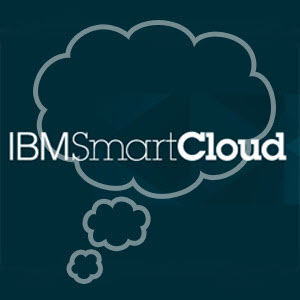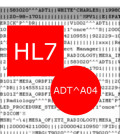Switching EMRs – Things To Consider
If you have ever switched EMRs (electronic medical record) vendors, you know what a challenging and difficult task it can be. At some point during the process you may have even considered…Was it worth it? What did we really gain from the switch to the new vendor? Those are great questions, but ones better asked before making a switch.
There is no ‘Easy Button’ when changing vendors. Importing required data from the old system to the new system can be difficult depending on the type of data that is being extracted. General demographics like name, age, address are relatively easy to extract, whereas discreet lab data, allergies and other structured information can be more difficult.
There isn’t an industry standard the dictates how data should stored and extracted. If any type of customization was done to your old system, that might not be possible with the new system. As you might expect customization is often expensive and time consuming.
At times you may also feel that you aren’t getting enough cooperation and time with your old vendor to aide in making the switch. The migration cost may also be more than you expected.
Bruce Kleaveland is President of Kleaveland Consulting some guidelines you should consider before making a switch.
Make sure that you are switching for the right reason. It is easy to scapegoat an EHR for an implementation that failed due to the practice and not the EHR. Since switching systems is significant undertaking, it is important to clearly understand the desired outcome of a switch. A five star EHR cannot transcend a dysfunctional practice.
Be a conservative converter. Because of the variability in database structures between EHRs, the more information that you try to move from one system to another the more expensive, time consuming and challenging it gets. Start with the easy stuff, like patient demographics (name, address, etc.). Patient demographics are easy because the data is generally structured the same way between different EHRs. Structured data is always easier to move. Clinical data that may be structured in your existing system include discreet items such as medications, allergies, problems, and lab data. Non-structured data include narrative free text that is commonly found in progress notes.
Start the discussion with your EHR vendors (existing and new). A conversion is collaborative activity between the old and new EHR vendors and the practice. Your existing EHR vendor will be responsible for creating an output file of your patient data (for which there will be a fee) and your new EHR will responsible for importing that output file (also a charged item). The practice’s responsibility is to decide what gets moved. In order to understand what is possible and at what cost, you really need to get all three parties together to play in the same sandbox.
After considering the various options, it is possible that the best choice—due to cost and complexity reasons–is not to convert. In this case you would be treating the old EHR primarily as archive of historical information that would be manually transferred to your new system. You would use the same conversion strategy that you use with paper charts—transcribing data from one system to the other you see patients.
While there is extra work during this transition time, it does give you the opportunity to start fresh with clean data. The primary wrinkle here is making sure that you retain access to your old EHR data. For client-server systems, this is no problem since the data is resident locally. However, for internet based EHRs, you will have to negotiate either limited access or a copy of your data since it is stored outside of the practice in the cloud.









You must be logged in to post a comment Login